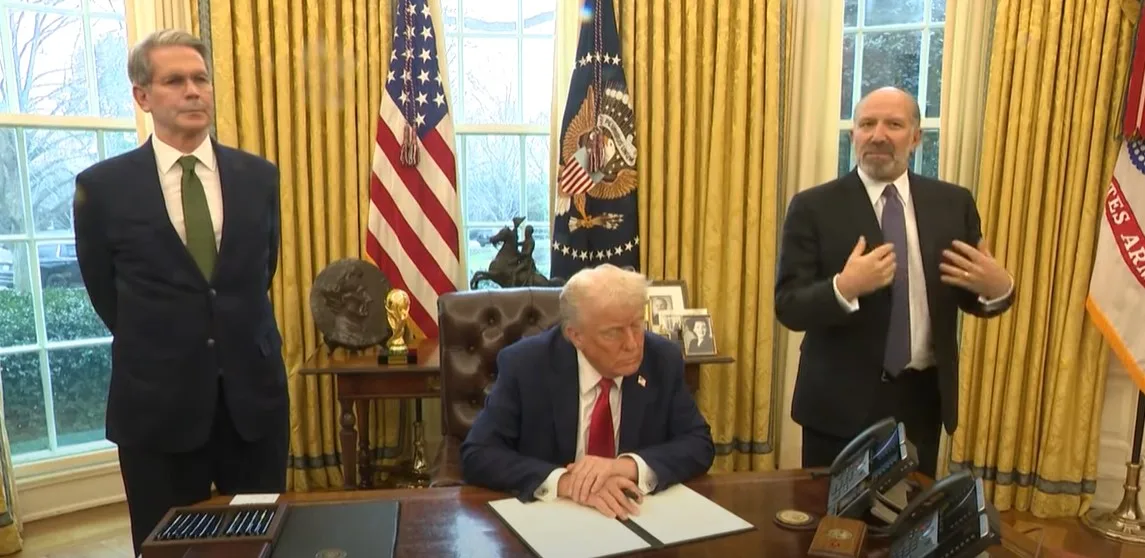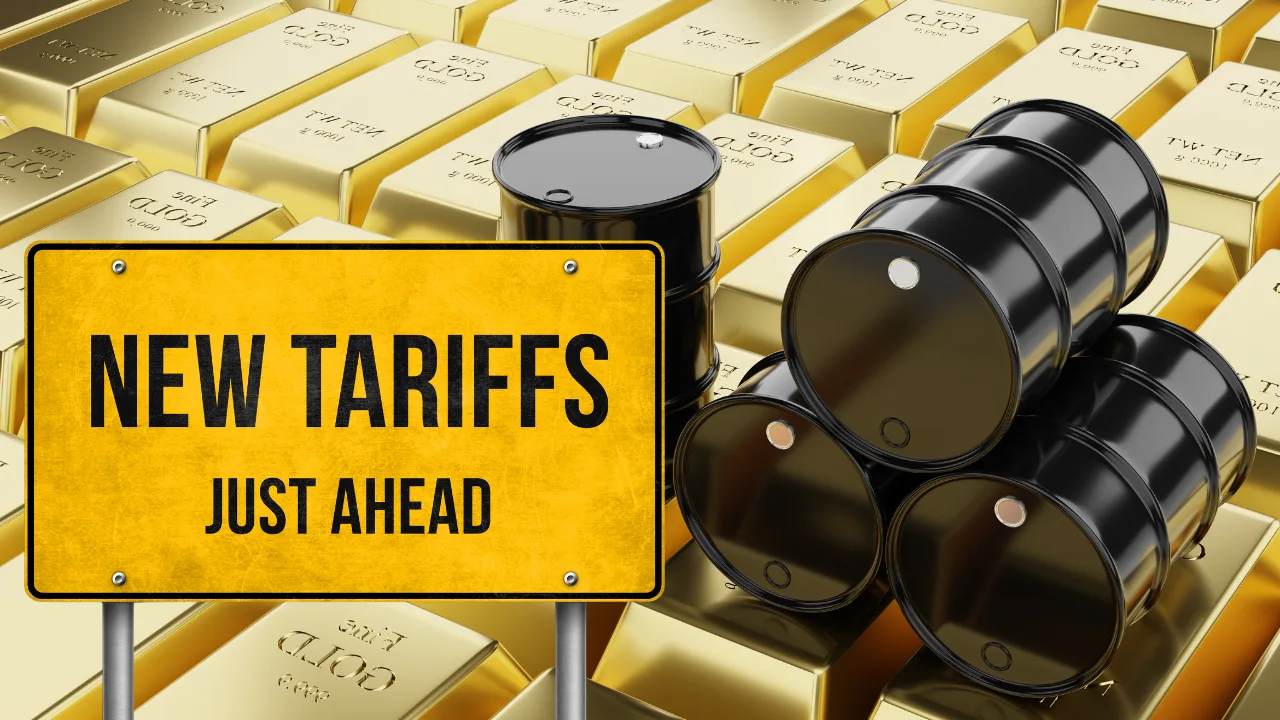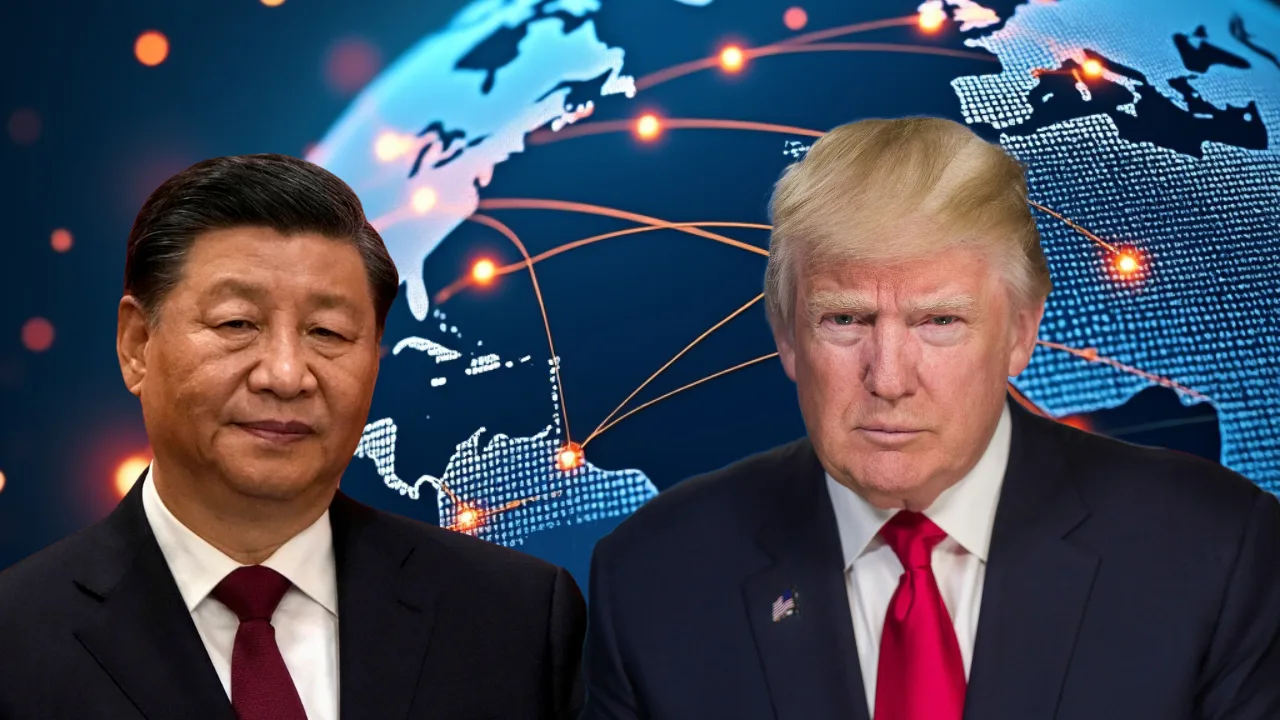President Donald Trump’s latest round of tariffs on imports from Canada, Mexico, and China has sparked a fierce debate: Is this a trade war, or is it truly a strategy to combat illegal immigration and the fentanyl crisis? The administration insists the tariffs are a national security measure, but economic experts and political analysts warn that they may function as a full-blown trade war with severe consequences for American consumers and businesses.
What Are the New Tariffs?
The tariffs, set to take effect on Tuesday, February 4, 2025, include:
- Canada & Mexico: A 25% tariff on all imports, with a reduced 10% tariff on Canadian energy products.
- China: A 10% tariff on all imports.
Trump invoked the International Emergency Economic Powers Act to justify these tariffs, stating that the measures are necessary to stop drug trafficking and illegal immigration.
Trade Experts Weigh In
While the administration argues that these tariffs serve a national security purpose, economists and trade policy analysts remain skeptical.
- “Tariffs have never been an effective tool to curb illegal immigration or drug smuggling. This is economic policy disguised as law enforcement,” said Douglas Holtz-Eakin, former director of the Congressional Budget Office. (WSJ)
- Former U.S. Trade Representative Michael Froman called the tariffs “an economically destructive approach that could backfire on American workers.” (FT)
How the World is Reacting
Unsurprisingly, the affected countries have announced retaliatory measures:
- Canada: Prime Minister Justin Trudeau announced a 25% tariff on U.S. goods worth $20 billion, effective immediately.
- Mexico: President Claudia Sheinbaum stated that Mexico would impose retaliatory tariffs, though details have yet to be disclosed.
When Will Consumers Start Feeling the Impact?
While the tariffs will take effect immediately, their full impact will unfold in phases:
Short-Term Impact (Days to Weeks)
- Stock Market Volatility – Markets have already reacted negatively, with the Dow Jones falling over 500 points, the S&P 500 dropping 1.9%, and Nasdaq falling 2.8%.
- Initial Consumer Price Adjustments – Some businesses may immediately pass costs onto consumers, particularly in sectors like automobiles, electronics, and household goods.
- Consumer Confidence Drops – If people expect rising costs, they may cut spending, leading to slower economic growth.
Mid-Term Impact (1 to 3 Months)
- Noticeable Price Increases – As businesses deplete their pre-tariff inventory, expect higher prices on:
- Electronics (smartphones, laptops, appliances)
- Vehicles and auto parts
- Clothing and footwear
- Food imports from Mexico and Canada
- Supply Chain Disruptions – Companies relying on North American imports may experience shipping delays and cost increases.
- Employment Effects – Businesses facing higher costs may cut jobs or slow hiring.
Long-Term Impact (3 to 6+ Months)
- Broader Inflation Pressures – Tariffs are effectively a tax on imports, increasing costs for businesses and consumers alike.
- Retaliatory Tariffs Hurt U.S. Exports – American farmers, manufacturers, and tech companies could see declining demand as foreign buyers turn to alternative markets.
- Economic Slowdown Risk – If inflation rises and consumer spending declines, the U.S. economy could face stagnation.
Trade War or Drug War? The Verdict
Despite the Trump administration’s insistence that this is not a trade war, the economic impact tells a different story. With major allies retaliating, U.S. businesses absorbing higher costs, and consumers bracing for price hikes, this move bears all the hallmarks of a traditional trade war.
- “This is a trade war in everything but name,” said Robert Scott, a senior economist at the Economic Policy Institute. “Drug trafficking is a serious issue, but tariffs won’t solve it. They will, however, disrupt the economy.” (The Times)
For consumers, these tariffs will likely mean higher prices, stock market turbulence, and possible job market instability. For businesses, uncertainty and increased costs may lead to downsizing or outsourcing production. The real question remains: Who will ultimately pay the price?






